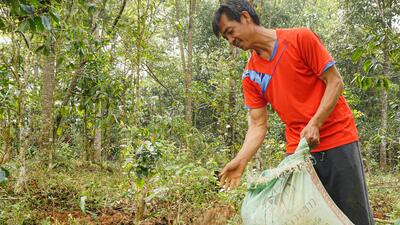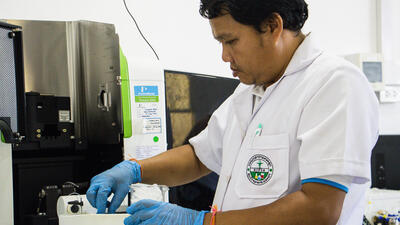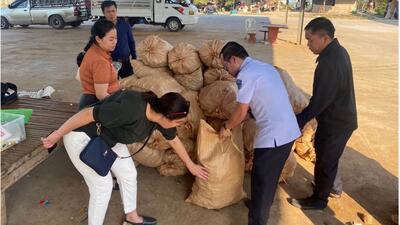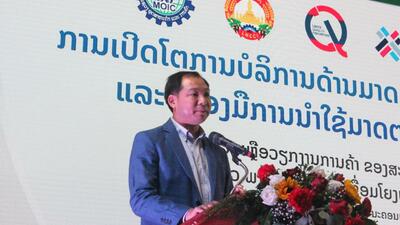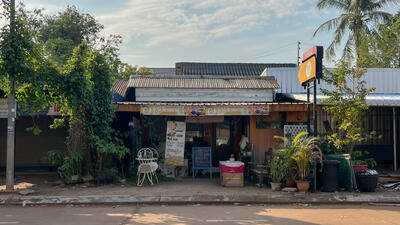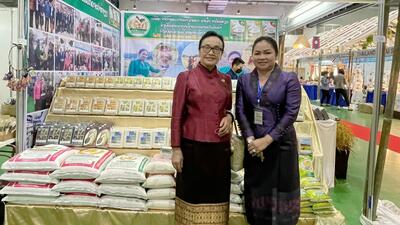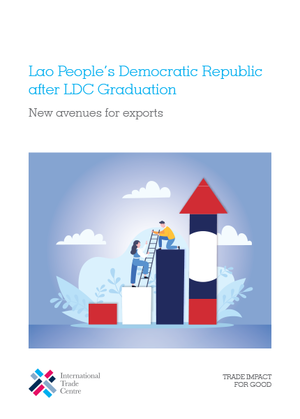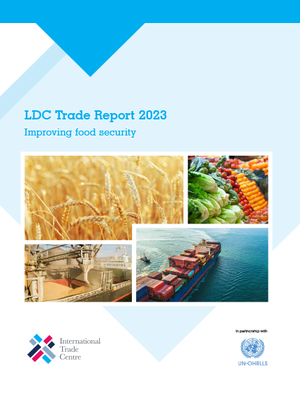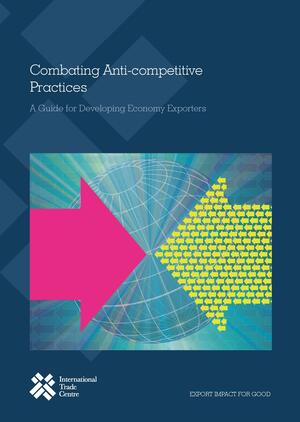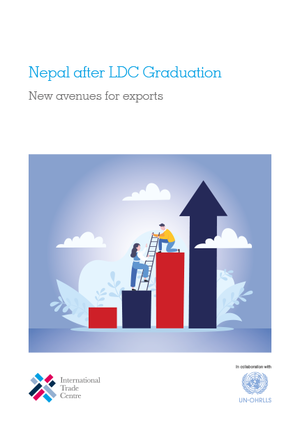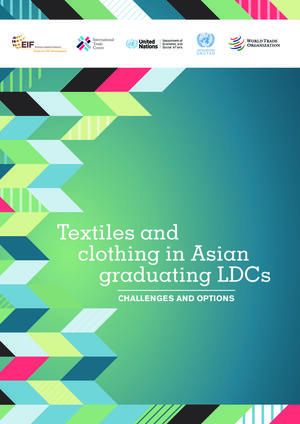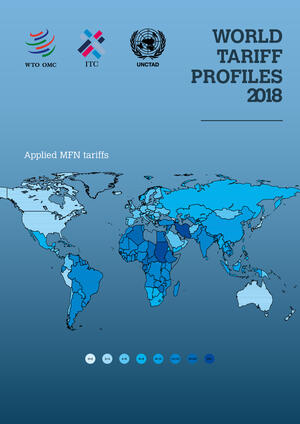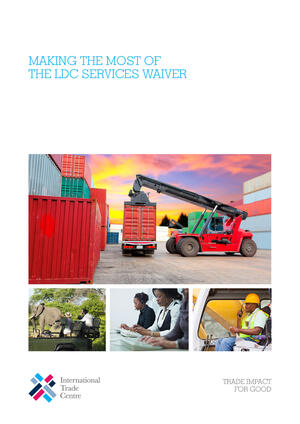
Lao People’s Democratic Republic: New export opportunities following LDC graduation
Targeted trade promotion, better market access and a more diversified export structure will help Lao People’s Democratic Republic mitigate export losses when it graduates from least developed country status in 2026, this International Trade Centre report finds.
Lao People’s Democratic Republic has just three years to prepare its economy for the loss of preferential tariffs and other support measures when it graduates from least developed country (LDC) status in 2026. But a new International Trade Centre report identifies opportunities for the small, landlocked South Asian country to mitigate the impact.
Losing tariff preferences could slash projected Lao export revenue by 7.3%, or $734 million, according to Lao People’s Democratic Republic after LDC Graduation: New avenues for exports. The report predicts that more than 70% of the reduction will be in the Chinese market, including $333 million of losses in natural latex and rubber exports, $179 million in paper products and $89 million in cereals. Lao exports to the European Union (EU) are also expected to decline by $122 million – largely in the clothing and footwear sectors – post-graduation.
Targeted responses can counterbalance these losses, the report says. These include trade promotion to further penetrate markets where graduation-related losses occur or to shift to new markets and goods with the most untapped potential – such as energy or vegetables. Another option is to negotiate special tariff concessions for the most affected products.
Unlocking $1.4 billion in trade potential by addressing frictions
The report finds that Lao People’s Democratic Republic has total unrealized export potential of $1.4 billion that is held back by non-tariff frictions, such as difficulties of firms to comply with regulatory requirements or find buyers. Most of this ($819 million) is in product groups that face losses, but $581 million is in other goods that are unaffected by tariff changes (there is growth potential of energy exports to Cambodia, for example).
‘Targeted trade promotion enables companies to overcome these frictions and unlock this potential,’ the report says.
In the most-affected sectors, however, this strategy will only partially offset losses. For instance, while Lao People’s Democratic Republic’s rice sector could mitigate the expected $6.6 million drop in exports to the EU by exploiting $10.9 million of potential in other markets – notably Viet Nam – targeted trade promotion can cover just 36%–82% of the expected losses in other products.
Improving market access for the most-affected goods
New or renegotiated trade agreements or joining more preferential schemes that improve market access could be the answer for some Lao exports, the report says.
Lao export losses to the EU would shrink to less than $29 million if the country qualified for the bloc’s Generalized Scheme of Preferences Plus (GSP+), which is linked to good governance and sustainable development. Using GSP+ preferences would narrow the country’s total trade loss to 6.4% of projected exports from 7.3%. But qualifying for GSP+ is challenging: while the country meets the scheme’s vulnerability criteria, it has yet to ratify certain international labour conventions.
‘In the short run, a smooth and sustainable transition out of the LDC category will require Lao People’s Democratic Republic to use trade promotion and unlock remaining export potential in its traditional export products and markets,’ the report says. ‘In the long run, the country, with the support of the international aid-for-trade community, must work to make itself more resilient to trade policy and other economic shocks by diversifying its export structure.’




